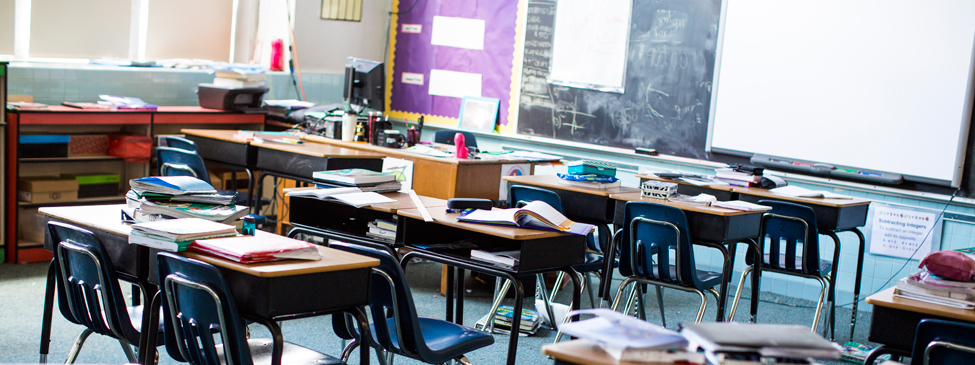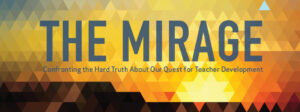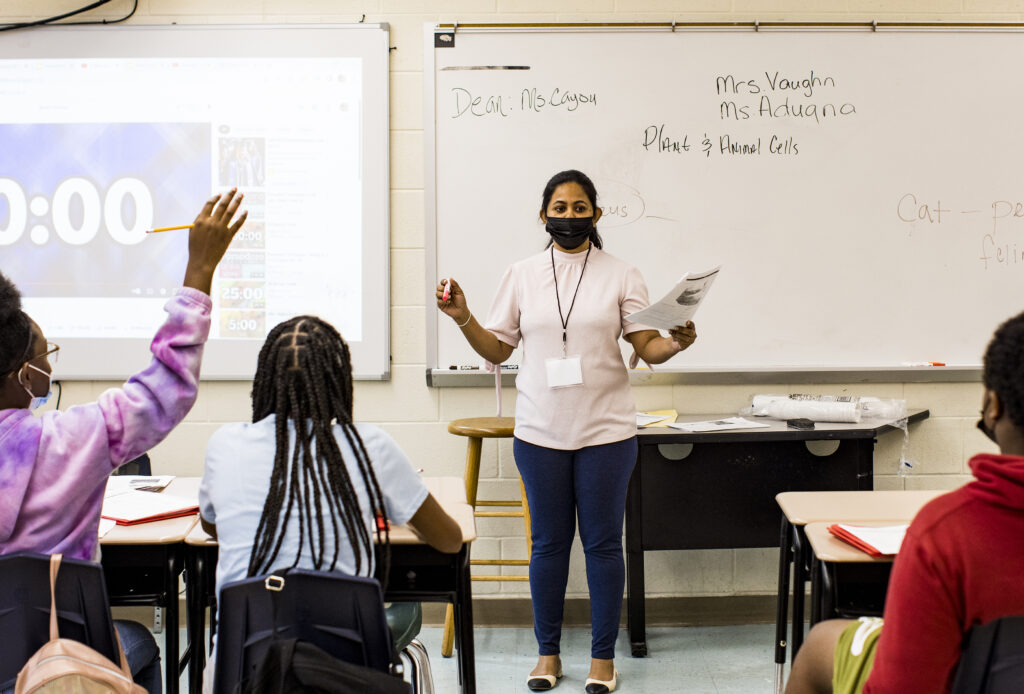It’s been almost a month since we released The Mirage, our study revealing that most of the help we’re offering teachers isn’t all that helpful. More than anything, we hoped the report would spark a new conversation about how we can give more teachers the kind of support they need and deserve—support that actually helps them improve.
While it’s been inspiring to see the study garner attention from media outlets nationwide and enlightening to hear so many people engage with this important issue and share their personal experiences, it’s also clear that there’s still some confusion about the exact problem our schools are facing when it comes to teacher improvement. We’ve seen this conclusion in commentary (here is just one example) that amounts to, “TNTP says professional development doesn’t work, but here’s an approach that really does!” When you see a tweet or a blog post along those lines, keep a couple of things in mind:
First, our study didn’t find that professional development is useless. We found that plenty of teachers improve dramatically, and no doubt some of them improve due to their professional development experiences. The problem is that they are the exception rather than the rule, and school systems know far less about how to make this sort of improvement happen intentionally and at scale than they—or we—had hoped.
Just as importantly—as Doug Lemov has noted—we found that the conditions in which professional development happens matter as much as the kind—or amount—of professional development teachers receive. A particular approach to development that works well in a school with a strong culture of improvement (clear expectations, regular feedback, and opportunities for reflection) might not work at all in a school where improvement isn’t as high a priority.
Second, ask yourself: What’s the evidence that this particular approach to development helps teachers improve? A lot of the “success stories” we’ve read over the last month point to teacher satisfaction or other metrics that may be informative, but don’t actually tell us anything about whether teachers are getting substantially better at teaching. Others aren’t based on any evidence at all, but instead on a few positive anecdotes—glimmers of hope that could serve as great starting points for additional research but aren’t enough to serve as the foundation for major shifts in strategy.
That’s why the question we hope to hear a lot more often as the conversation about teacher improvement continues is, “How do you know?” If you’re a superintendent or someone who’s in charge of teacher improvement efforts in a school system, how do you know whether you’re really helping your teachers improve? How do you define “successful” professional development? How exactly do you measure it? If the answer is about anything other than measurable, observable improvement in instruction that benefits students, you’re probably trapped in The Mirage. The good news is that understanding the problem is the first step to solving it—and giving teachers help that’s truly helpful.
But it all starts with that question. So once you’ve finished reading this post, why not go ask the superintendent in your school district: How do you know?





